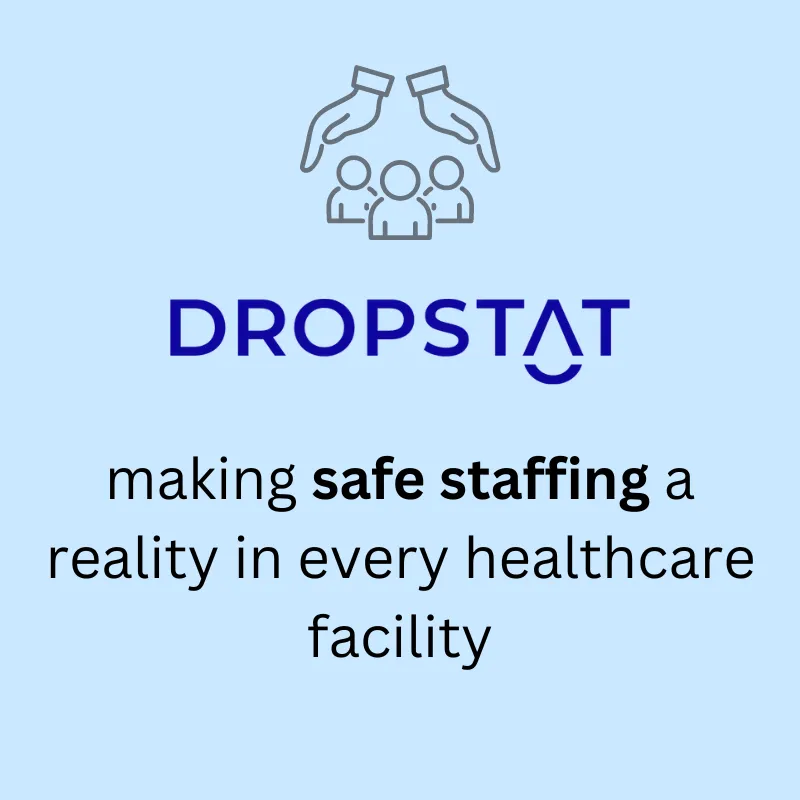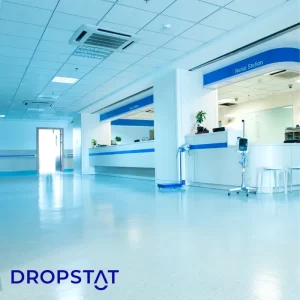Language barriers in healthcare prevent or hinder some healthcare stakeholders from reaching out for healthcare, and when they are in a healthcare setting, it may prevent the patient from understanding their healthcare situation and how to follow healthcare protocol. The flip side of the coin means asking how providing health services for patients with limited English proficiency (LEP) affects healthcare workers. Can nurses perform their duties despite addressing language barriers? Knowing that their patients don’t understand what they are saying or the healthcare education they offer can add stress to the nurses’ workday and place obstacles all the way through the patient journey. Should hospitals and health care providers work on overcoming language barriers? How can overcoming language barriers improve the work environment for nurses and healthcare workers?
What are language barriers in healthcare?
Language barriers in healthcare mean that the patient and healthcare services providers do not speak the same language. Communication barriers in healthcare arise when there are linguistic differences, limited ability to speak and understand, heavy accents, lack of ability to read and write healthcare-related text, and an absence of cultural awareness when there is limited knowledge of English (or another common language).

The impact of language barriers on patient care
There are many direct and indirect impacts of language barriers on patient care. Some of these are:
Language barriers tend to cause unequal health outcomes – Less patient confidence in the quality of healthcare delivery, dissatisfaction with healthcare provision, and high occurrence of preventable medical errors due to poor understanding at patient intake, as a result of poorer health outcomes and health disparities
Language barriers result in linguistic inequity – Weak therapeutic relationship between providers and patients hinders treatment, alongside social bias and poor cultural awareness
Language barriers can cause poor health outcomes – Low healthcare-seeking behavior, increased length of hospital stay
Language barriers cause high readmission rates – Readmissions due to low treatment adherence and additional treatment costs that arise from patients misunderstanding follow-up instructions or purchasing the wrong healthcare products.
Language barriers can cause more visits to the emergency department – patients go to the emergency department for easily treatable health issues because they don’t know where to access more appropriate health services. This highlights the need for medical interpreters in the intensive care unit.
It is important to note that many of these language barrier impacts don’t only affect patient outcomes. The impact ripples out to affect healthcare workers and the facility in the form of wasted time, resources, frustration, and potential liabilities.

Why is medical interpreting important in healthcare?
Language barriers in healthcare can inject frustration into the nurse-patient relationship when medical providers interact with patients with low language access. The negative effects of language barriers point healthcare managers toward medical interpreters and the role of medical interpreting in healthcare.
Responding to language barriers in healthcare through the use of medical interpreters provides healthcare providers with the following benefits, among others:
- Improving patient care, patient satisfaction, and health outcomes
- Reducing readmissions, better patient safety
- Better overall reputation and patient feedback about the facility
- Less frustration for non-bilingual healthcare professionals
- Reduced disturbance for bilingual healthcare professionals who are called upon to act as informal healthcare interpreters
- Compliance with legal requirements where facilities receive federal funding
- Reduced costs of patient care by streamlining the patient journey
5 strategies for overcoming language barriers in healthcare
Healthcare providers can overcome language barriers by investing in language training and providing staff with appropriate tools, such as training staff to use video remote interpreting devices and training nurses and other healthcare staff in overcoming language barriers in healthcare. Strategies include:
1. Hire professional medical interpreters to provide medical interpreter services
The interpreter services can be in-house, hired on a travel basis with limited availability in different locations, or available round the clock via remote interpreter services using video sessions and tech advances for digital therapeutics to have more positive health outcomes and help overcome language barriers.
2. Provide bilingual medical documentation as a response to lack of access to healthcare
Begin by understanding the needs of your patient population. Document patients’ language barriers and preferences in their medical records and list which native languages are needed most in your healthcare facility. Then, ensure that vital documents are available in the languages spoken by your community.
3. Make bilingual patient advocates available to break down language barriers in healthcare
Bilingual patient advocates present the needs and wishes of patients in healthcare by providing interpreter services. Hospitals can contact professionals to set up Language Access Programs (LAPs) or collaborate with community organizations to overcome language barriers.

4. Provide in-house bilingual healthcare professionals to provide medical interpreting
Increase the number of bilingual healthcare professionals by hiring them or encouraging existing bilingual healthcare staff to get medical interpreter certification. It is easily accessible through a 40-hour medical interpreter training course.
5. Provide multicultural training to remedy the lack of access to healthcare
Multicultural training includes training healthcare providers to enunciate and slow down their speech, increase awareness of cultural colloquialisms, and learn about the cultural norms of patients.
How Dropstat can help: Schedule a medical interpreter in each shift to overcome language barriers
Dropstat is an AI-powered nurse scheduling app that uses cutting-edge technology to schedule nurses and healthcare staff. Many facilities use Dropstat to streamline nurse scheduling, which includes satisfying HPPD requirements for health services while ensuring nurse shifts are fully staffed – by every required nursing discipline. Gain peace of mind for nurse schedulers when all shifts are scheduled up to 2 months in advance.
Dropstat fully understands the complexities of nurse scheduling, so the scheduling app helps overcome language barriers in healthcare by enabling you to schedule in-house medical interpreters for every shift that requires it, allowing the healthcare providers to confidently announce medical interpreter services in your healthcare facility.
Language barriers pose critical challenges for healthcare providers, and medical interpreters can benefit patients and healthcare providers. Schedule a demo with Dropstat today to see how to incorporate medical interpreters in healthcare organizations.







